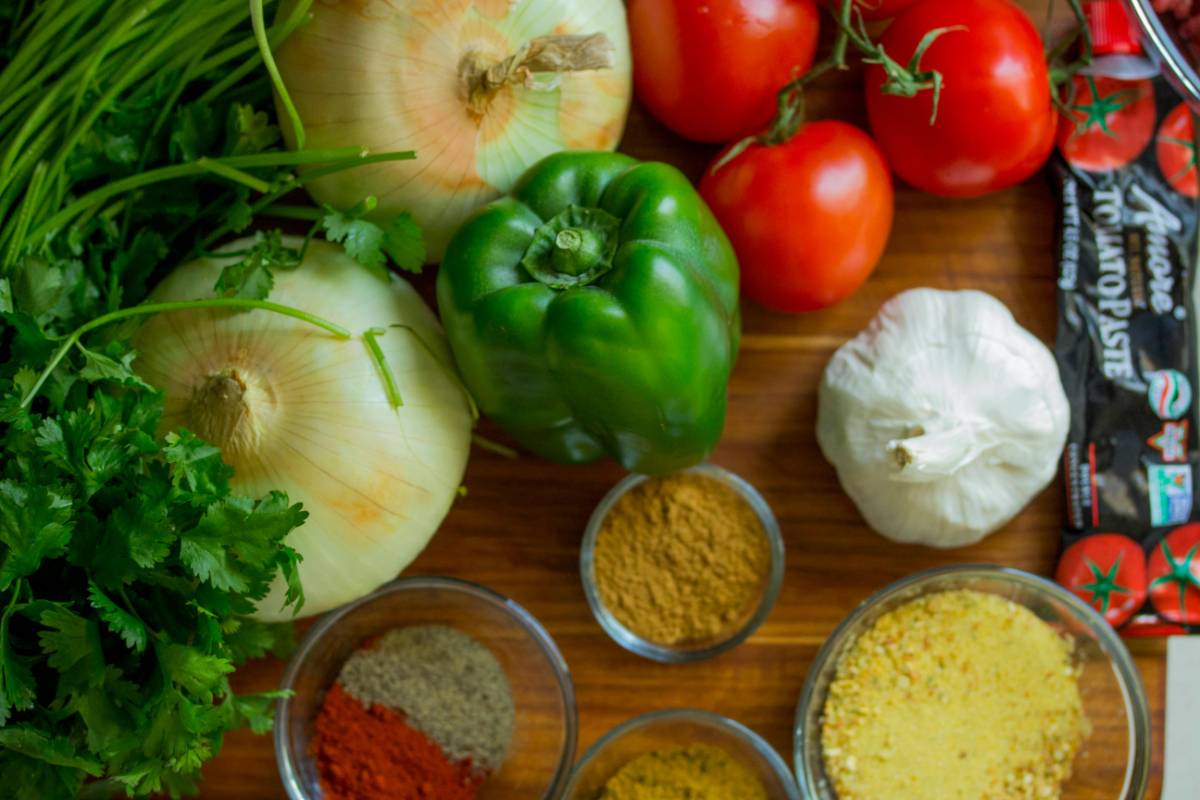
Simple Swaps for Healthier Cooking at Home
Cooking at home is a great way to take control of your diet and promote healthier eating habits. However, it can be easy to fall into the trap of using ingredients that are less nutritious or contribute to unhealthy eating patterns. Making simple swaps in your cooking can enhance the nutritional quality of your meals without sacrificing flavor. Here are some effective swaps to consider for healthier cooking at home.
Choose Whole Grains Over Refined Grains
One of the simplest swaps you can make is to replace refined grains with whole grains. Refined grains, such as white rice and white bread, have been stripped of their nutrients and fiber during processing. Whole grains, like brown rice, quinoa, and whole-grain bread, retain their bran and germ, providing more fiber, vitamins, and minerals. Incorporating whole grains into your meals can improve digestion and help regulate blood sugar levels.
Use Greek Yogurt Instead of Sour Cream
For creamy dishes like dips, dressings, or toppings, consider using Greek yogurt in place of sour cream. Greek yogurt is lower in fat and higher in protein, making it a healthier option. It adds a similar creamy texture and tangy flavor, while also boosting the nutritional value of your meals. You can use Greek yogurt in recipes for baked potatoes, tacos, or even in baking to replace sour cream or mayonnaise.
Swap Butter for Avocado or Olive Oil
When cooking or baking, try replacing butter with healthier fats like mashed avocado or olive oil. Avocado provides healthy monounsaturated fats, fiber, and various vitamins. Use it as a spread, or substitute it in baking recipes for added moisture. Olive oil, rich in heart-healthy fats and antioxidants, is a versatile option for sautéing or drizzling over salads. These swaps can significantly reduce saturated fat intake while adding beneficial nutrients.
Opt for Fresh Herbs Instead of Salt
To enhance the flavor of your dishes without relying on salt, consider using fresh herbs and spices. Fresh herbs like basil, cilantro, parsley, and rosemary can elevate the taste of any meal without adding sodium. Experiment with different combinations of herbs to find your favorite flavors. This swap not only reduces salt intake but also increases the nutritional value of your meals by incorporating more plant-based ingredients.
Replace Sugar with Natural Sweeteners
If you're looking to cut back on added sugars, try swapping refined sugar with natural sweeteners. Options like honey, maple syrup, or agave nectar can provide sweetness with added nutrients and antioxidants. Alternatively, you can use mashed bananas or unsweetened applesauce in baking recipes to reduce sugar while adding moisture and flavor. These natural sweeteners can help satisfy your sweet tooth without the empty calories of refined sugars.
Substitute Heavy Cream with Coconut Milk
For creamy soups, sauces, or desserts, consider using coconut milk instead of heavy cream. Coconut milk is lower in calories and contains healthy fats that can add richness to your dishes. It also provides a unique flavor that works well in various recipes, particularly in curries or tropical desserts. This swap can help lighten up your meals while still delivering a creamy texture.
Incorporate More Vegetables
One of the easiest ways to make your meals healthier is to simply add more vegetables. Vegetables are packed with essential vitamins, minerals, and fiber while being low in calories. Incorporate vegetables into your favorite recipes by adding them to soups, stir-fries, pasta dishes, or omelets. You can also experiment with spiralizing vegetables like zucchini or carrots as a low-carb alternative to pasta. The more colorful your plate, the more nutrients you’ll get!
Choose Lean Proteins Over Fatty Cuts
When selecting protein sources, opt for lean options instead of fatty cuts of meat. Choose chicken breast, turkey, fish, or plant-based proteins like beans, lentils, and tofu. These options are lower in saturated fat and calories while providing essential nutrients and protein. Additionally, incorporating more plant-based proteins into your diet can be a great way to reduce meat consumption and increase fiber intake.
Use Nut Butters Instead of Margarine
When it comes to spreading on toast or adding to recipes, consider using nut butters instead of margarine or spreads. Nut butters like almond or peanut butter are rich in healthy fats, protein, and essential nutrients. They add creaminess and flavor to smoothies, oatmeal, or simply on whole-grain bread. Just be sure to choose natural nut butters without added sugars or hydrogenated oils for the healthiest option.
Conclusion
Making simple ingredient swaps in your cooking can lead to healthier meals and improved overall nutrition. These swaps not only enhance the nutritional quality of your dishes but also encourage you to explore new flavors and cooking methods. By incorporating whole grains, healthy fats, fresh herbs, and more vegetables into your meals, you can create delicious and nutritious dishes that support your health goals. Embrace these simple changes in your cooking routine, and enjoy the benefits of healthier eating at home.





